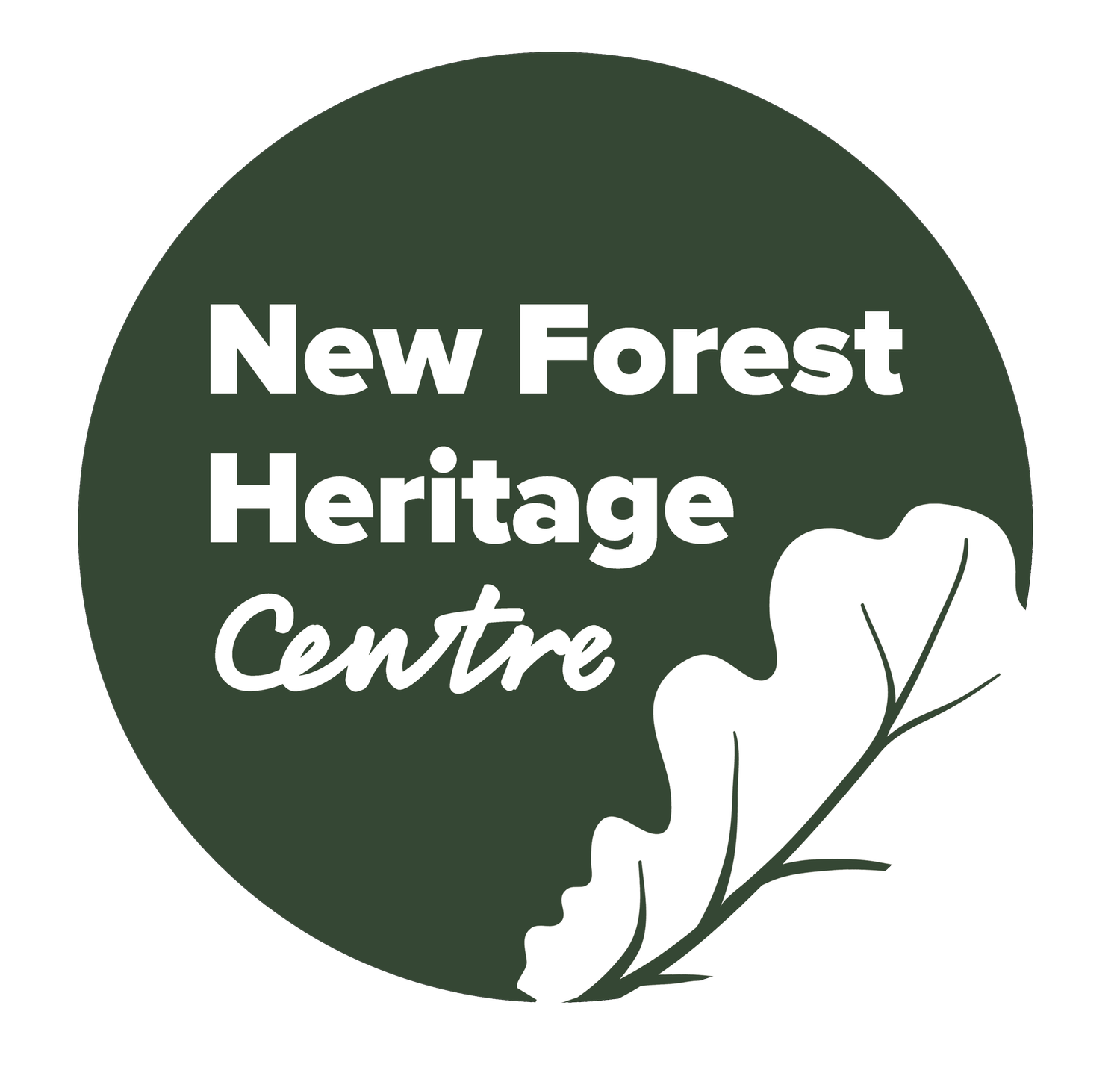LGBTQ+ History Month in the New Forest - Medicine
This year's LGBTQ+ history month is themed around medicine. Florence Nightingale is one person connected to this area of Hampshire who has been hypothesised by historians to have been LGBTQ+ in some way. This is suggested by modern interpretation of details preserved in historic archives of personal correspondence. However, the context of her letters is not often fully considered, which makes an LGBTQ+ interpretation more ambiguous. There is no way to know how exactly she would have described herself using modern ‘LGBTQ+’ vocabulary. When she refers in her letters to ‘passions’ or ‘intimacy’ shared with other women, the 19th century meanings of those words must be considered. They may have an intended double meaning or may not be written with any sexuality in mind. Either way, a specific LGBTQ+ identity cannot retrospectively be assigned, even if one seems plausible given the rest of her extensively recorded history.
Florence Nightingale is much more famous for her well-known contributions to nursing, statistics, and social reform. 19th and 20th Century military hospitals owed a lot to her nursing theory and insights into the hospital management of large-scale combat trauma tested during the Crimean War. Many Military hospitals were situated in the New Forest during WW1 and 2, developing from the foundations of medical practice laid by Florence Nightingale and others during the 19th century. These helped save the lives of countless people. Her family home was Embley Park near Wellow, Romsey. She is buried at St Margaret's Church near her family memorial.
For more LGBTQ+ Stories from the Forest, please visit the New Forest Knowledge page here.
All images from our archive.
Thanks to our volunteer, Chris Blake, for his contribution.




